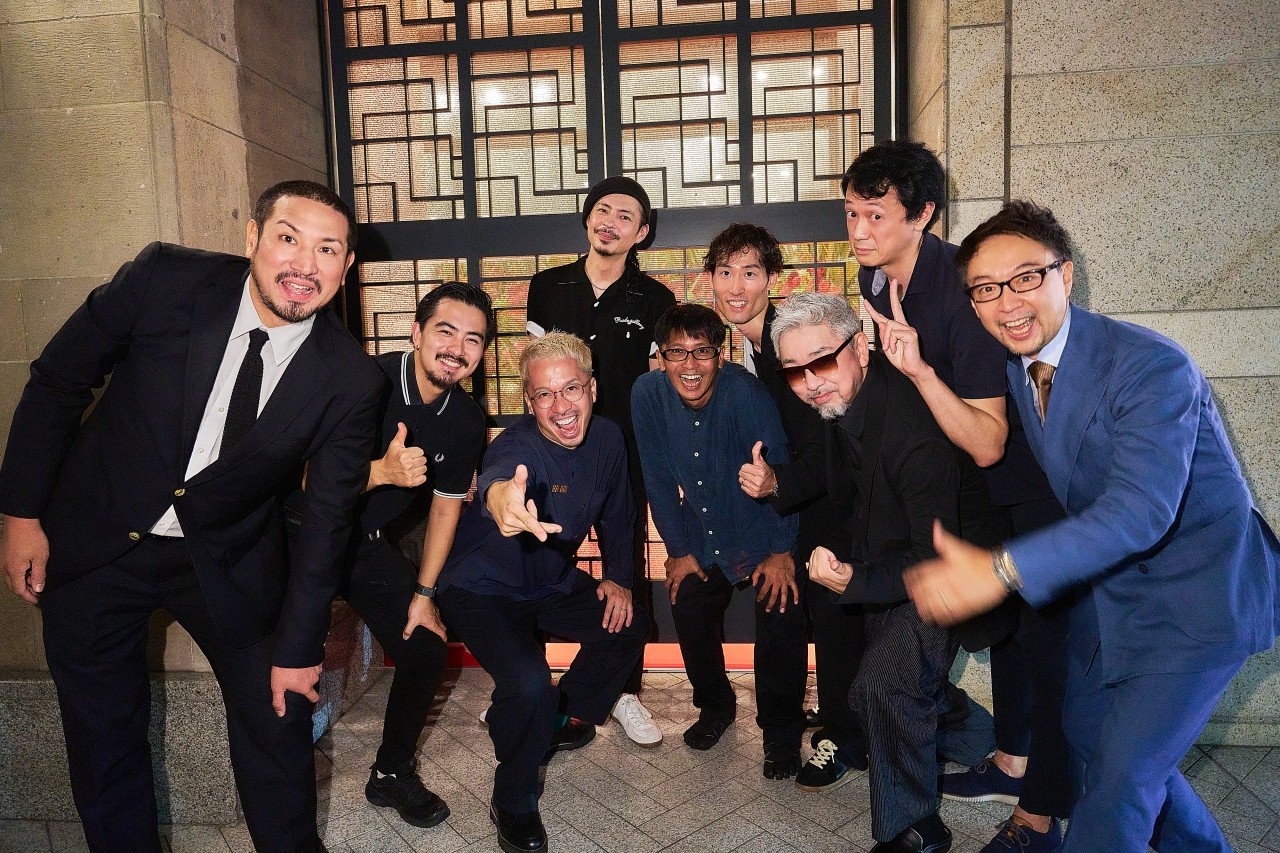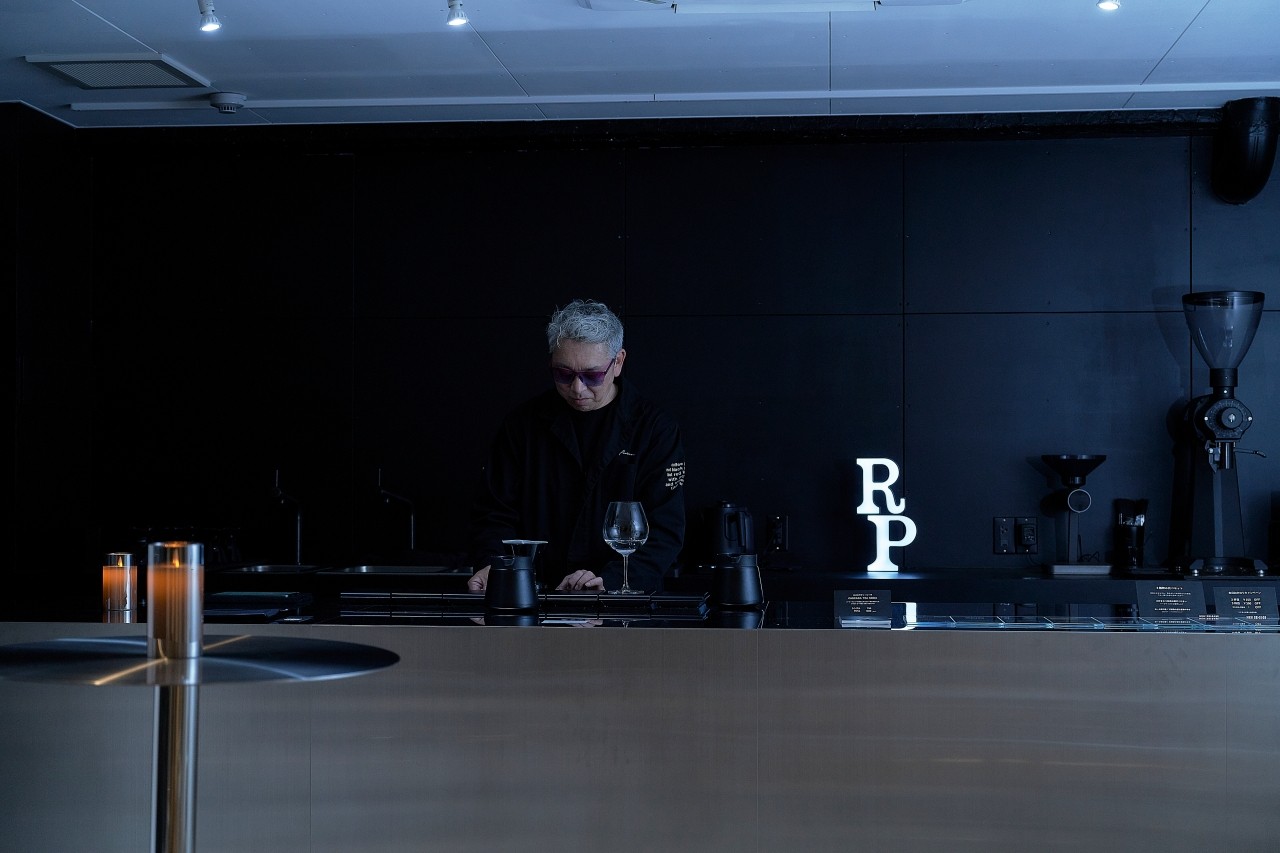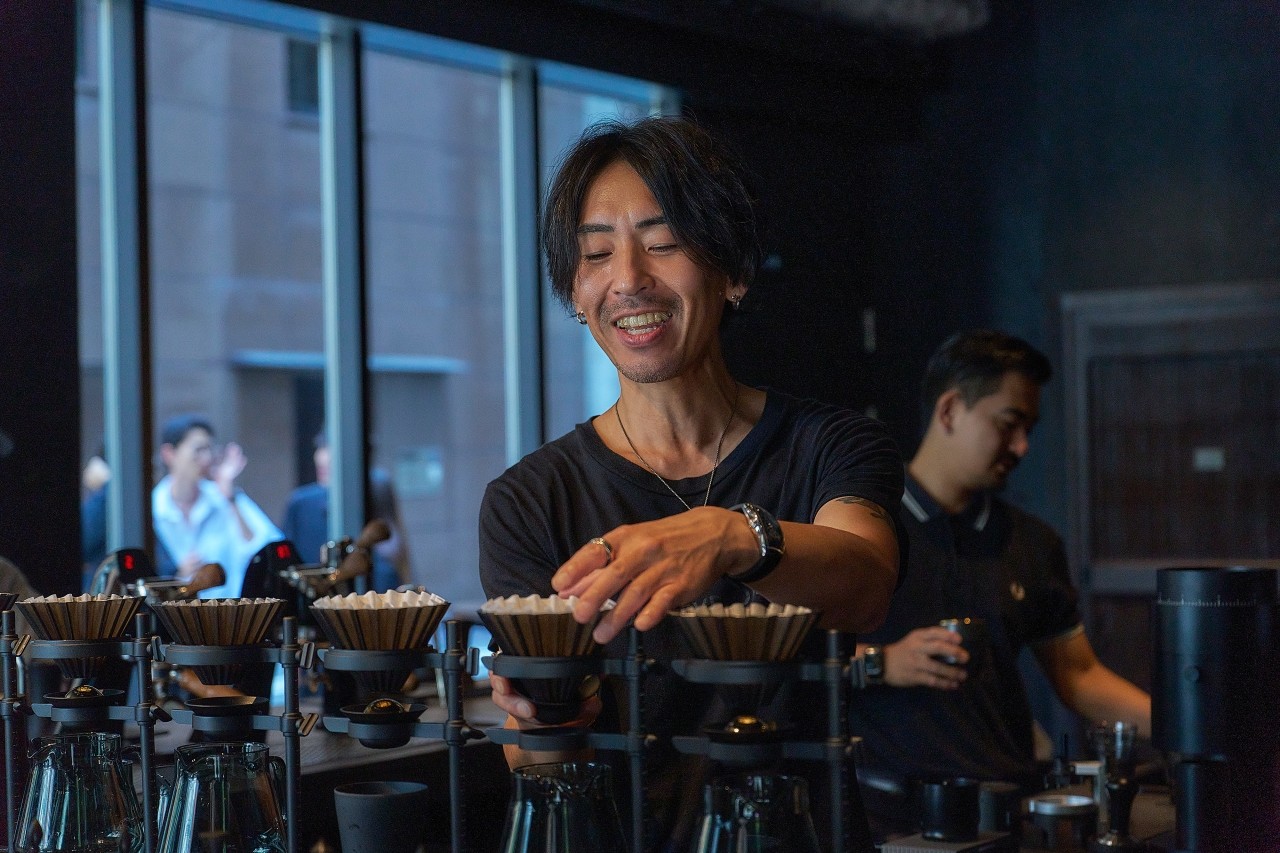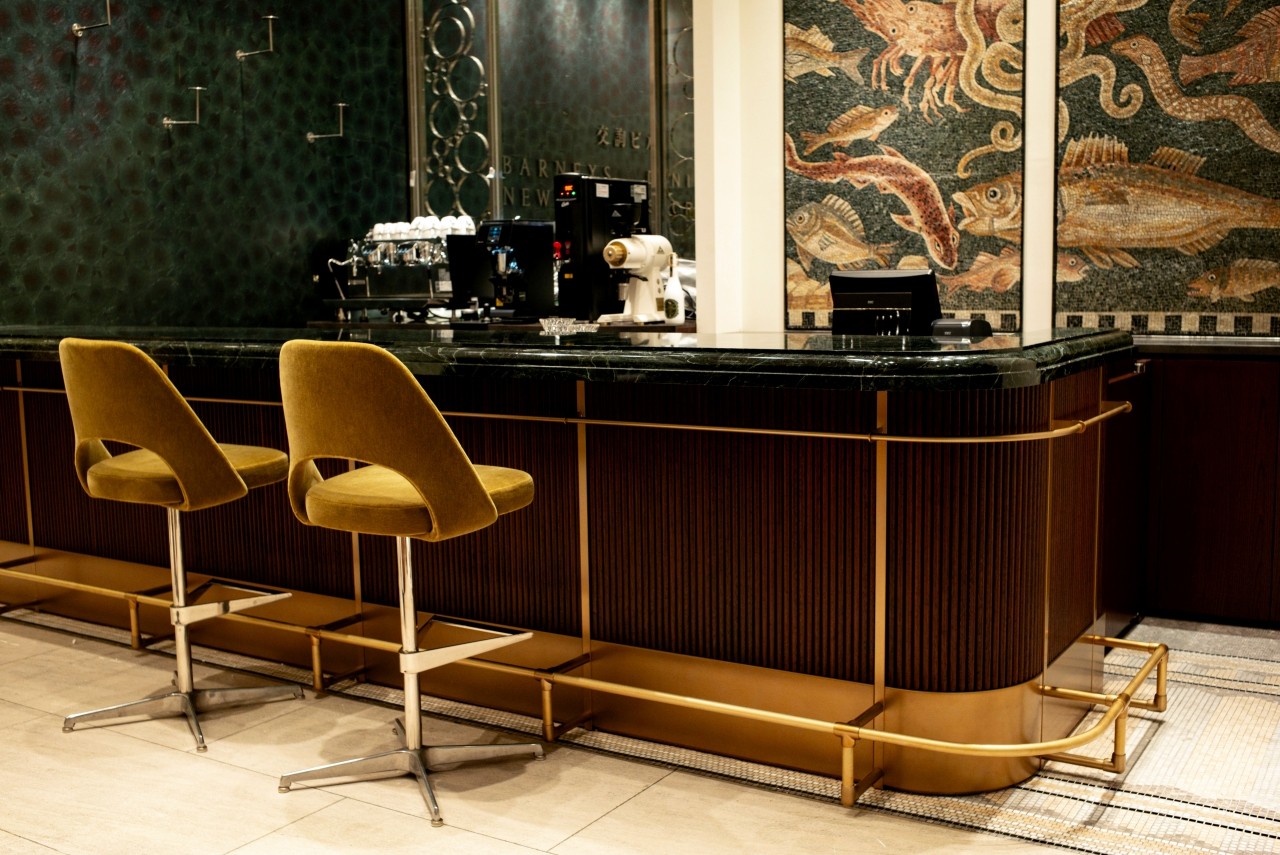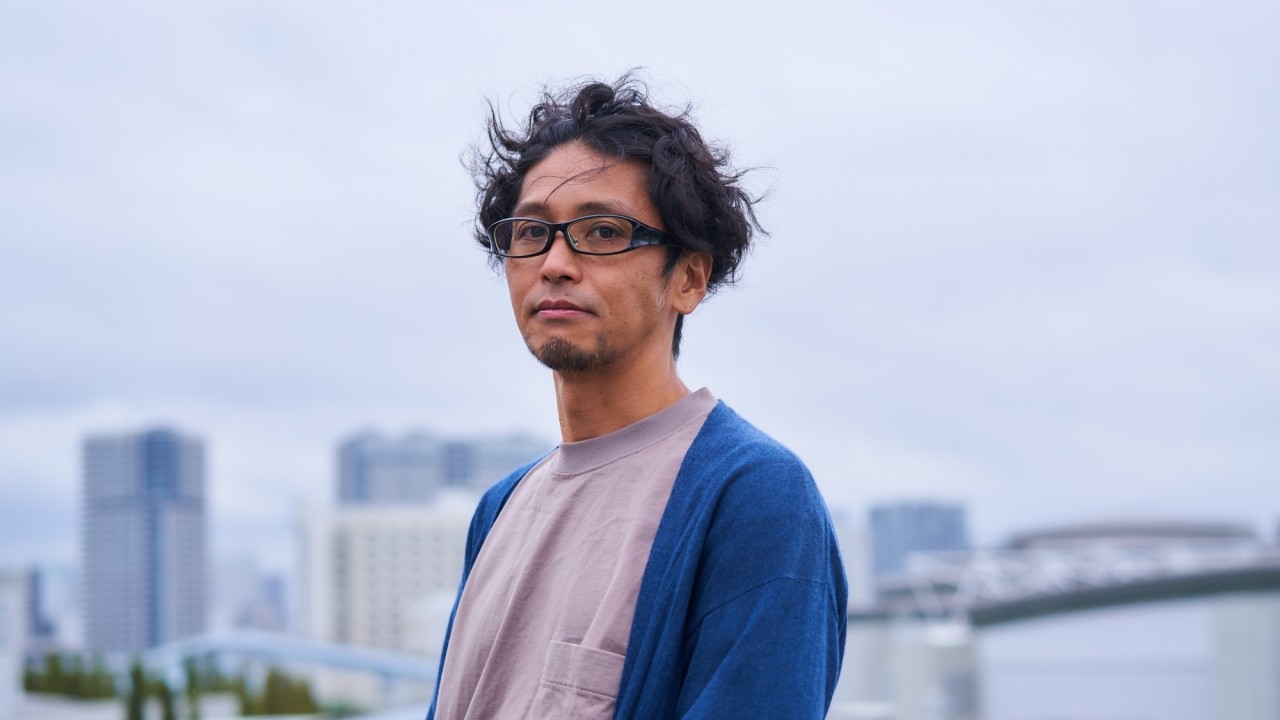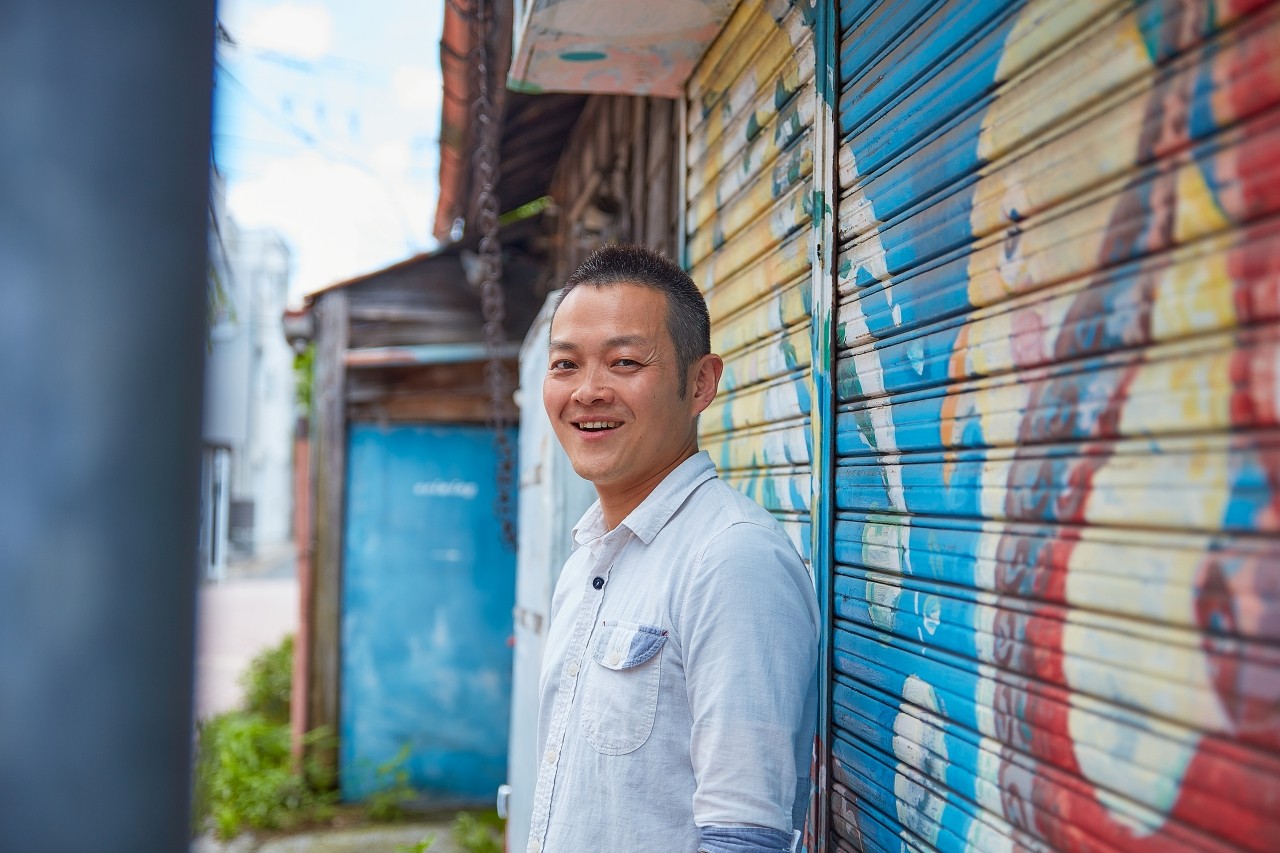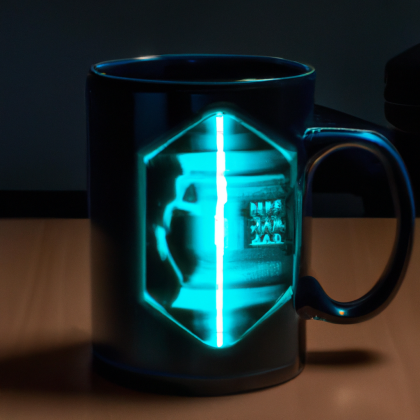Suzuki Kiyokazu roaster has the strength to persevere in his commitment
[Contemporary Artisan] Interview with Suzuki Kiyokazu from GLITCH COFFEE & ROASTERS

A light roast with an overwhelmingly fruity flavor. That is the coffee served at GLITCH COFFEE & ROASTERS, a roastery located in Jimbocho, Tokyo, that attracts coffee lovers from not only Japan but all over the world.
GLITCH is popular as a darling of the so-called third wave in Japan. However, when you talk to the owner and roaster Suzuki Kiyokazu , you realize that this is only one-sided. GLITCH's popularity comes from its focus on giving back to the farms and its Shin pursuit of the flavor of coffee, rather than chasing trends or novelty.
Admiring the craftsman
"At the age of 25, I had earned a national qualification in information processing and was working for a company, but I found myself in a situation where I didn't know what my dream was, so I started looking for a job that involved craftsmanship as a hobby. I had always wanted to do something artisanal, and after trying various things, I came across coffee."
Kiyokazu started to pursue a career in pottery and silver accessories at a time when Starbucks was becoming popular and baristas were becoming more prominent. However, she experienced a discrepancy in values between what she made and what others wanted.
"One time, I gave a pottery piece I'd made to a friend, but he wasn't very happy. If he didn't understand his friend's likes or values, he wouldn't use it, and it wasn't something we could both agree on."
The thing that pleased them the most was the coffee that was brewed in a cup that I had made myself.
"Because I was doing pottery and didn't have anything to put in my pottery, I started brewing hand-dripped coffee, and everyone said it was delicious. It was just ordinary coffee, nothing special. But I'd never had people be so pleased with my coffee, or ask me to brew it again, so I started to think this was interesting."
Kiyokazu started to pursue a career in pottery and silver accessories at a time when Starbucks was becoming popular and baristas were becoming more prominent. However, she experienced a discrepancy in values between what she made and what others wanted.
"One time, I gave a pottery piece I'd made to a friend, but he wasn't very happy. If he didn't understand his friend's likes or values, he wouldn't use it, and it wasn't something we could both agree on."
The thing that pleased them the most was the coffee that was brewed in a cup that I had made myself.
"Because I was doing pottery and didn't have anything to put in my pottery, I started brewing hand-dripped coffee, and everyone said it was delicious. It was just ordinary coffee, nothing special. But I'd never had people be so pleased with my coffee, or ask me to brew it again, so I started to think this was interesting."
Roasting under a world champion
From there, Kiyokazu became fascinated with the depth of coffee. Manabu that a cup of coffee is made by various factors such as the origin of the beans, the extraction method, and the job of a barista. He quit his job and spent about two years training in baristas and coffee, training under the Japanese Barista Champion and working at a roasting factory.
"At that time, I heard that Paul Bassett, the Australian world barista champion, was opening a shop in Japan, so I joined as a staff member. Some of the roasters who are still active at the forefront of coffee today were training there, and it's largely thanks to the relationships I built at that time that GLITCH has connections with so many different shops."
At that time, there were very few Oceania-style stores like "Paul Bassett" that served coffee roasted in-house using single-origin beans. It was said that it was too early to introduce it to Japan. It was at such a store that I learned more about "roasting" and "single origin".
"I joined Paul Bassett about two years after I started working in the coffee industry. I wanted to learn about barista techniques, but I wanted to learn more about roasting techniques. So, in order to get Paul's approval, I trained morning, noon and night, sometimes without sleep. Maybe that got through to Paul, because he asked me if I wanted to try roasting."
However, in Australia, the thinking is on a division of labor. It is common for QC (quality control), manager, store operator, barista, and roaster to be positioned separately, and they do not hold multiple roles. When asked "Do you want to be a barista or roast?" Kiyokazu answered without hesitation, "I want to roast." It was also the moment he solidified his decision to make roasting his job.
"At that time, I heard that Paul Bassett, the Australian world barista champion, was opening a shop in Japan, so I joined as a staff member. Some of the roasters who are still active at the forefront of coffee today were training there, and it's largely thanks to the relationships I built at that time that GLITCH has connections with so many different shops."
At that time, there were very few Oceania-style stores like "Paul Bassett" that served coffee roasted in-house using single-origin beans. It was said that it was too early to introduce it to Japan. It was at such a store that I learned more about "roasting" and "single origin".
"I joined Paul Bassett about two years after I started working in the coffee industry. I wanted to learn about barista techniques, but I wanted to learn more about roasting techniques. So, in order to get Paul's approval, I trained morning, noon and night, sometimes without sleep. Maybe that got through to Paul, because he asked me if I wanted to try roasting."
However, in Australia, the thinking is on a division of labor. It is common for QC (quality control), manager, store operator, barista, and roaster to be positioned separately, and they do not hold multiple roles. When asked "Do you want to be a barista or roast?" Kiyokazu answered without hesitation, "I want to roast." It was also the moment he solidified his decision to make roasting his job.
Why we focus on single origin

After continuing his training at "Paul Bassett," Kiyokazu went independent and opened GLITCH COFFEE & ROASTERS in Jimbocho, Tokyo in 2015.
Kiyokazu , who describes himself as "more of a worrier than most people," had already taken steps to source good beans. He only started his business after he had clearly defined what he wanted to do, from roasting to barista skills to the concept of the store.
The two things they focused on were to focus on single-origin black coffee and to brew it by hand drip. It's a completely different concept from "Paul Bassett," which focuses on espresso and cafe latte, and also offers blends. When they came up with this idea, they had in mind the faces of the farmers behind the coffee beans.
"We do visit farms, but the farmers can't say 'no' to blending, so they look sad and say 'we have no say in that.' That's why we wanted to do single-origin coffee with GLITCH.
Another thing is that coffee drinkers don't know the taste of each bean, so they can't judge what it will taste like if they mix them together. If we mix them together without understanding the characteristics of each origin, the efforts of the farmers will be wasted, and if we can't say which variety and which farm the beans come from, we won't be able to give back to the farmers properly."
Because it is single origin, we can give back to the farms. Naturally, we are more particular about the beans than anyone else. We are always searching for the best beans, and this feeling is certainly conveyed to our customers.
"Some customers even remember the name of the farm and say, 'The coffee from that Ethiopian farm, Sakoro Farm, was delicious. Is there any this year?' I think it's very flattering for local people when someone specifically requests a farm in Japan. I'd love to hear more comments like that."
Kiyokazu , who describes himself as "more of a worrier than most people," had already taken steps to source good beans. He only started his business after he had clearly defined what he wanted to do, from roasting to barista skills to the concept of the store.
The two things they focused on were to focus on single-origin black coffee and to brew it by hand drip. It's a completely different concept from "Paul Bassett," which focuses on espresso and cafe latte, and also offers blends. When they came up with this idea, they had in mind the faces of the farmers behind the coffee beans.
"We do visit farms, but the farmers can't say 'no' to blending, so they look sad and say 'we have no say in that.' That's why we wanted to do single-origin coffee with GLITCH.
Another thing is that coffee drinkers don't know the taste of each bean, so they can't judge what it will taste like if they mix them together. If we mix them together without understanding the characteristics of each origin, the efforts of the farmers will be wasted, and if we can't say which variety and which farm the beans come from, we won't be able to give back to the farmers properly."
Because it is single origin, we can give back to the farms. Naturally, we are more particular about the beans than anyone else. We are always searching for the best beans, and this feeling is certainly conveyed to our customers.
"Some customers even remember the name of the farm and say, 'The coffee from that Ethiopian farm, Sakoro Farm, was delicious. Is there any this year?' I think it's very flattering for local people when someone specifically requests a farm in Japan. I'd love to hear more comments like that."
The "efforts" of many people put into one cup of coffee
“Humans only have a short time to live, so it’s important to be able to choose what to have at that time.
Even with coffee, I think there's a lot of effort missing for a 100-yen cup of coffee. What kind of beans are used, are the machines cleaned every day, when were they roasted, where did they originate from? You press a button to buy something you don't know.
GLITCH coffee ranges in price from about 600 yen to about 3,500 yen, but the people at the farms work hard to produce high-quality beans. If you go to the farms, you can see their efforts, and they use a completely different method of making coffee than other coffees.
I think the efforts of the people who bring it here also contribute to the flavor of the coffee.
Then, we roasters concentrate to bring out that flavor, and the barista extracts it to create a cup of coffee. When you think about it like that, I think the price of 600 yen is actually too cheap."
GLITCH may have the image of a niche store that offers beans with special flavors, but there is a strong desire to "let consumers know the original taste of coffee."
Even with coffee, I think there's a lot of effort missing for a 100-yen cup of coffee. What kind of beans are used, are the machines cleaned every day, when were they roasted, where did they originate from? You press a button to buy something you don't know.
GLITCH coffee ranges in price from about 600 yen to about 3,500 yen, but the people at the farms work hard to produce high-quality beans. If you go to the farms, you can see their efforts, and they use a completely different method of making coffee than other coffees.
I think the efforts of the people who bring it here also contribute to the flavor of the coffee.
Then, we roasters concentrate to bring out that flavor, and the barista extracts it to create a cup of coffee. When you think about it like that, I think the price of 600 yen is actually too cheap."
GLITCH may have the image of a niche store that offers beans with special flavors, but there is a strong desire to "let consumers know the original taste of coffee."
Light roasting is just one technique
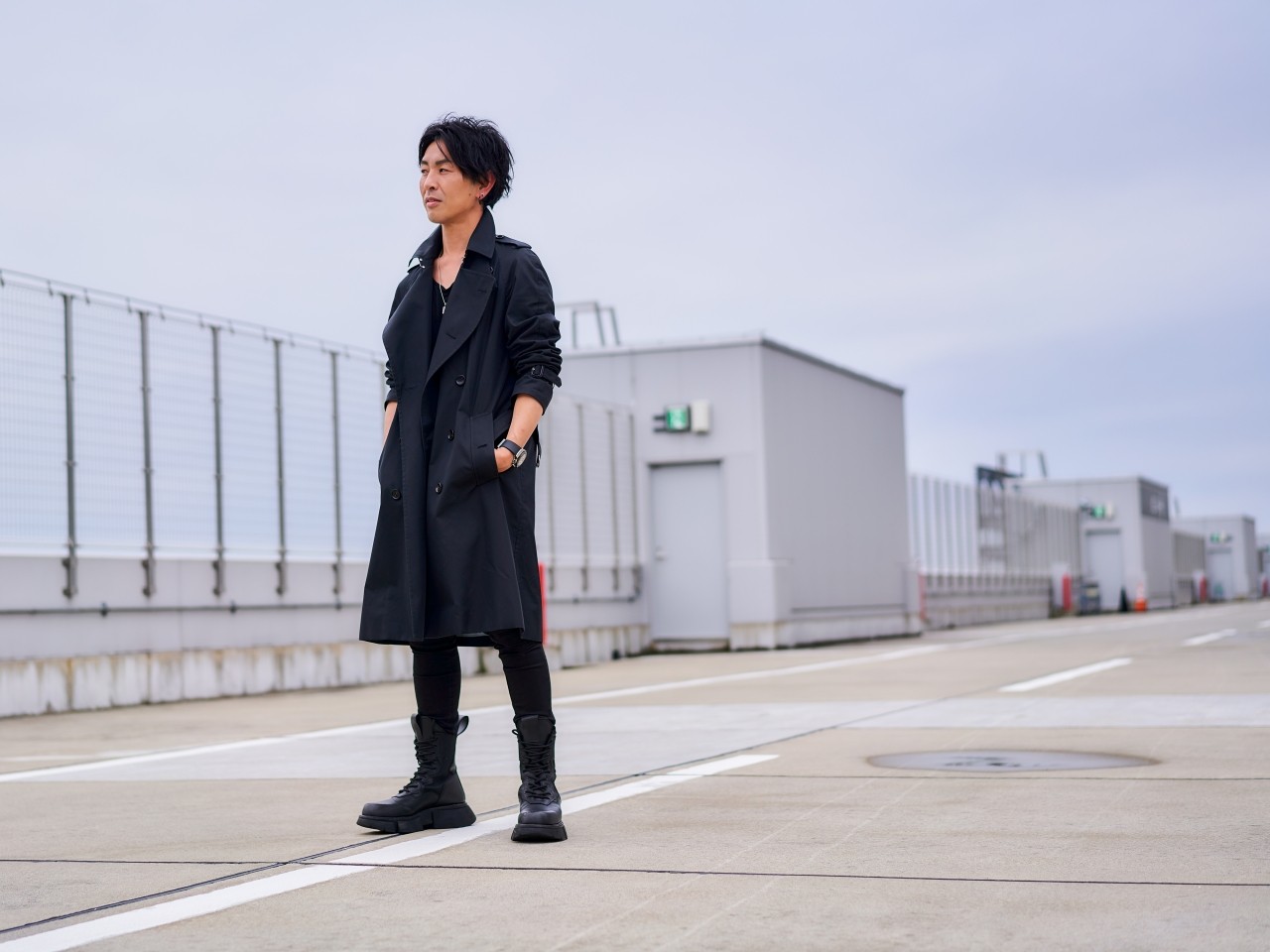
The signature roast at GLITCH is a light roast, but Kiyokazu says that light roasting is not the goal.
"Rather than just lightly roasting, if you want to know about single origins, you have to get to that roasting point. When cupping or tasting, we never dark roast. If you want to know the quality of meat, it's easier to tell if it's rare rather than well-done. To determine whether it's good quality, you can't burn it too much."
"Rather than just lightly roasting, if you want to know about single origins, you have to get to that roasting point. When cupping or tasting, we never dark roast. If you want to know the quality of meat, it's easier to tell if it's rare rather than well-done. To determine whether it's good quality, you can't burn it too much."
Cherishing the cafe's history
GLITCH is said to have created a new trend in coffee. When we asked about the future of GLITCH, we got a somewhat unexpected answer.
"That's one of the reasons I opened my shop in Jimbocho, but there are so many great shops there, like Milonga Nuova and Saboru. It's those kinds of stores that I think are cool.
No matter how popular a new cafe becomes, it can't compete with the originality of a place like that, and the thought behind it is so profound. I really empathize with that. After all, history and hard work are important."
GLITCH has been steadily expanding its stores to Tokyo, Osaka, and Nagoya, but the company says it does not intend to increase the number any further.
"If we open too many stores, we won't be able to create our own flavor. We'll reach our limits.
If possible, it would be best to have only one store. In order to create the flavor I want to create, I need to have an original store. Otherwise, everyone else will end up just copying me."
"That's one of the reasons I opened my shop in Jimbocho, but there are so many great shops there, like Milonga Nuova and Saboru. It's those kinds of stores that I think are cool.
No matter how popular a new cafe becomes, it can't compete with the originality of a place like that, and the thought behind it is so profound. I really empathize with that. After all, history and hard work are important."
GLITCH has been steadily expanding its stores to Tokyo, Osaka, and Nagoya, but the company says it does not intend to increase the number any further.
"If we open too many stores, we won't be able to create our own flavor. We'll reach our limits.
If possible, it would be best to have only one store. In order to create the flavor I want to create, I need to have an original store. Otherwise, everyone else will end up just copying me."
"GLITCH" overturns stereotypes
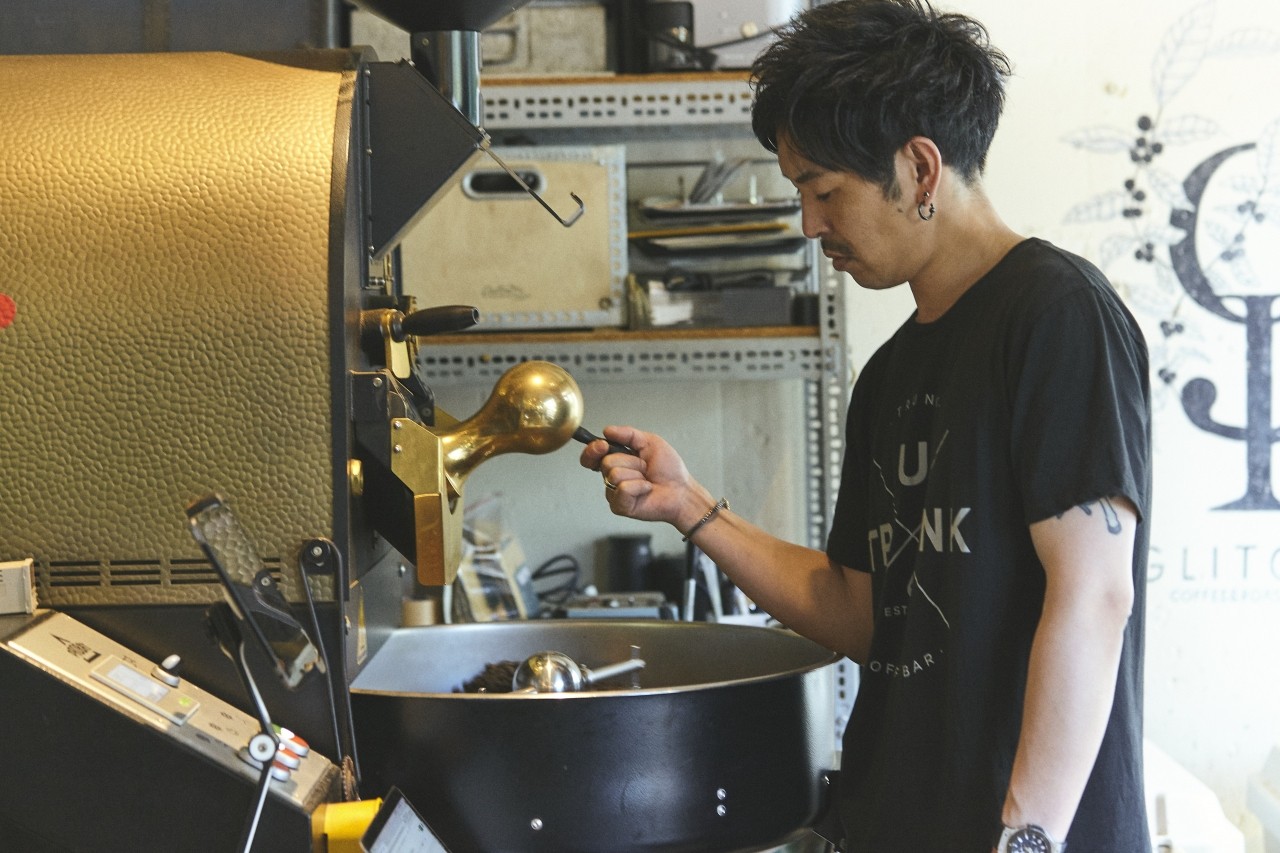
At GLITCH, Kiyokazu is solely responsible for quality control. Hearing that alone might make you imagine a craftsman who "has no one else to rely on."
"Do you know what the word 'GLITCH' means? It means 'system bug'.
When you're the only one making and roasting coffee, you know within common sense that if you do it this way, it will turn out like this, so you end up forming fixed ideas.
Recently, I asked a staff member how he drinks coffee at home, and when I had him repeat the hand-drip method in the store, it was delicious. There are many things you can discover from things you don't know or never thought of. It's like discovering a 'bug'."
Kiyokazu -san said that he has been training his staff since before the opening, and that he has been training them again recently. He is a roaster who is flexible and can smoothly incorporate the sensibilities of new staff.
"Do you know what the word 'GLITCH' means? It means 'system bug'.
When you're the only one making and roasting coffee, you know within common sense that if you do it this way, it will turn out like this, so you end up forming fixed ideas.
Recently, I asked a staff member how he drinks coffee at home, and when I had him repeat the hand-drip method in the store, it was delicious. There are many things you can discover from things you don't know or never thought of. It's like discovering a 'bug'."
Kiyokazu -san said that he has been training his staff since before the opening, and that he has been training them again recently. He is a roaster who is flexible and can smoothly incorporate the sensibilities of new staff.
Expectations for CROWD ROASTER
"This is a service that we could never have imagined, so I wonder what kind of world they are imagining, and what the future holds. We are creating a service that no one has done before, so regardless of whether it works or not, I think it is cool that they are going down a path that no one has taken before."
Profile
Profile
Roaster Suzuki Kiyokazu
In his 20s, while pondering his future dreams, he discovered specialty coffee and entered the world of coffee. He became fully involved in roasting under Australian world barista champion Paul Bassett, and in 2015 opened "GLITCH COFFEE & ROASTERS" in Jimbocho, Tokyo. Committed to single origin, light roast coffee, the fruity coffee that can only be tasted here continues to attract many coffee lovers. There are three stores in Tokyo, Osaka, and Nagoya.
Shop Information
In his 20s, while pondering his future dreams, he discovered specialty coffee and entered the world of coffee. He became fully involved in roasting under Australian world barista champion Paul Bassett, and in 2015 opened "GLITCH COFFEE & ROASTERS" in Jimbocho, Tokyo. Committed to single origin, light roast coffee, the fruity coffee that can only be tasted here continues to attract many coffee lovers. There are three stores in Tokyo, Osaka, and Nagoya.
Shop Information
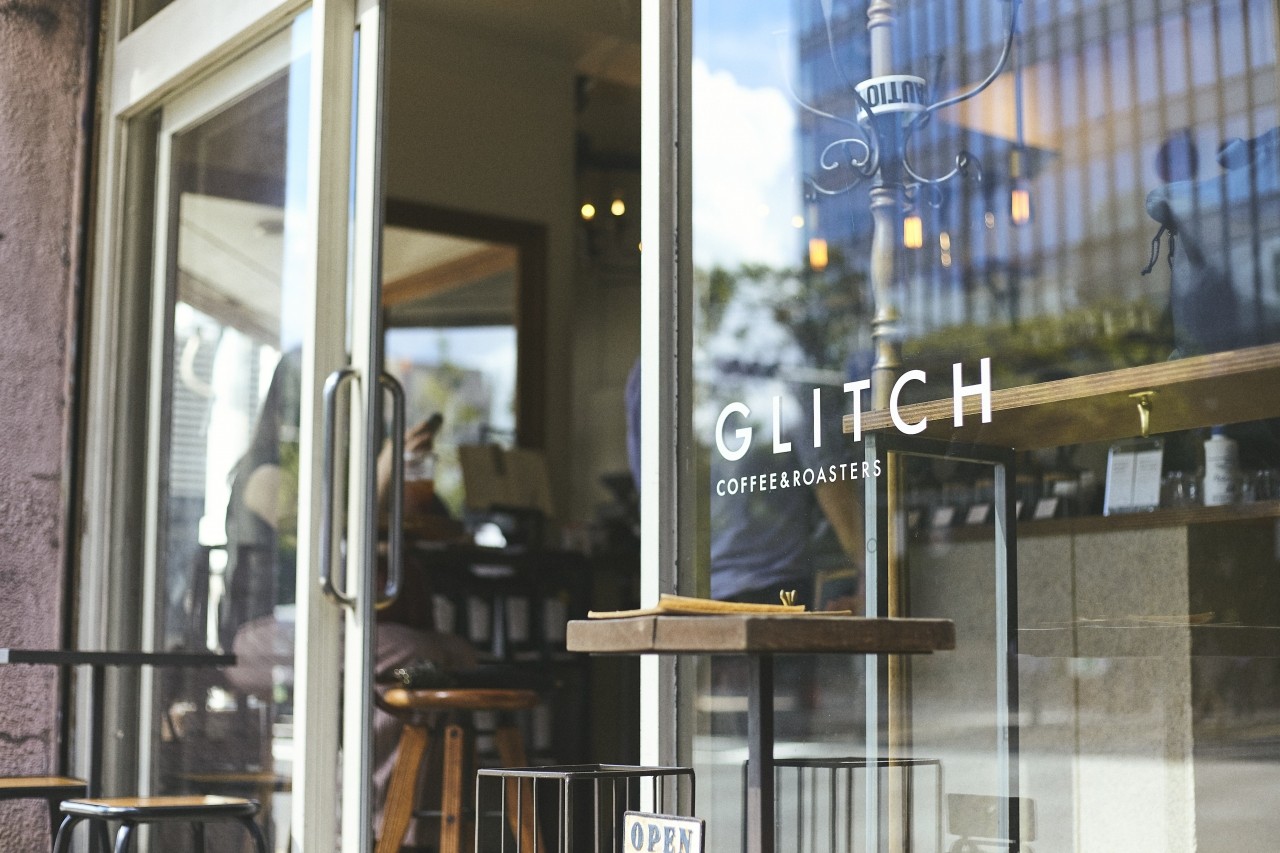
GLITCH COFFEE & ROASTERS
〒101-0054 Kanda Nishikicho, Chiyoda-ku, Tokyo
3-16 Kamura Building 1F
Business hours: Weekdays 7:30-20:00, Holidays 9:00-19:00
No regular holiday
https://glitchcoffee.com/
KIYOKAZU SUZUKI+CR
If you want to enjoy coffee more deeply
" CROWD ROASTER APP"
Manabu at CROWD ROASTER LOUNGE
・Push notifications for article updates・Full of original articles exclusive to CROWD ROASTER
・Direct links to detailed information about green beans and roasters
App-only features
- Choose green beans and roasters to create and participate in roasting events・CROWD ROASTER SHOP: Everything from beans to equipment is readily available
・GPS-linked coffee map function


